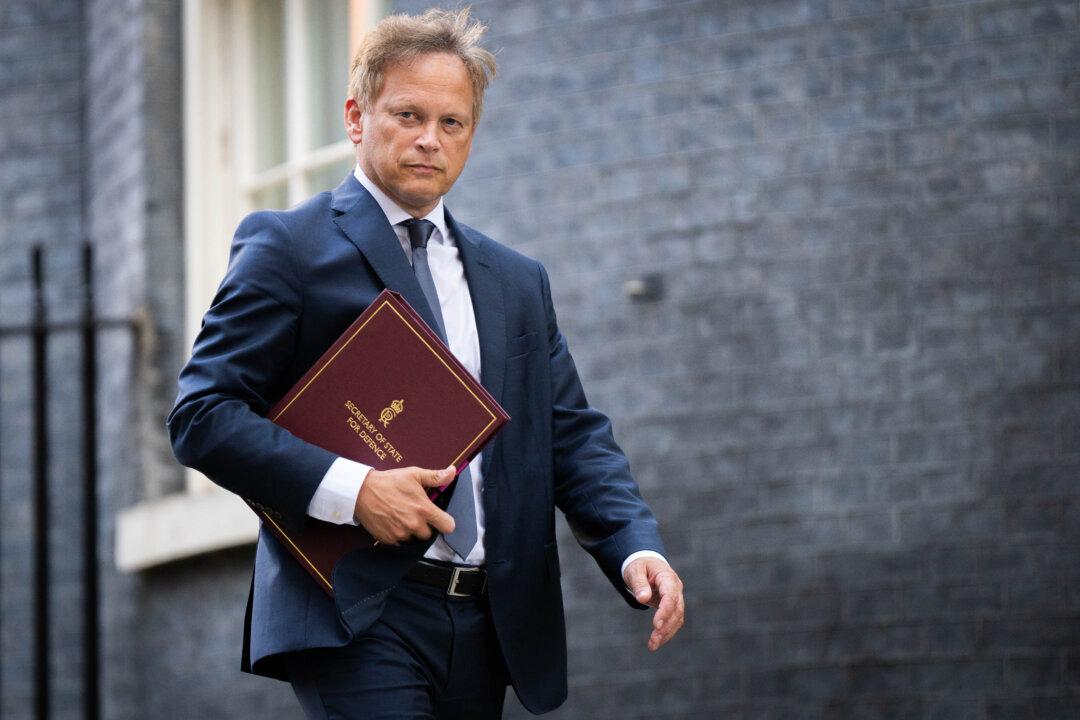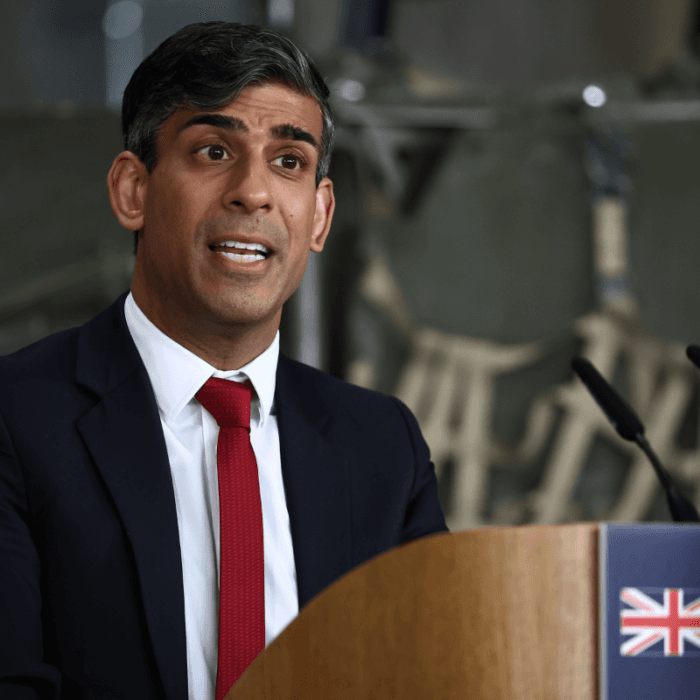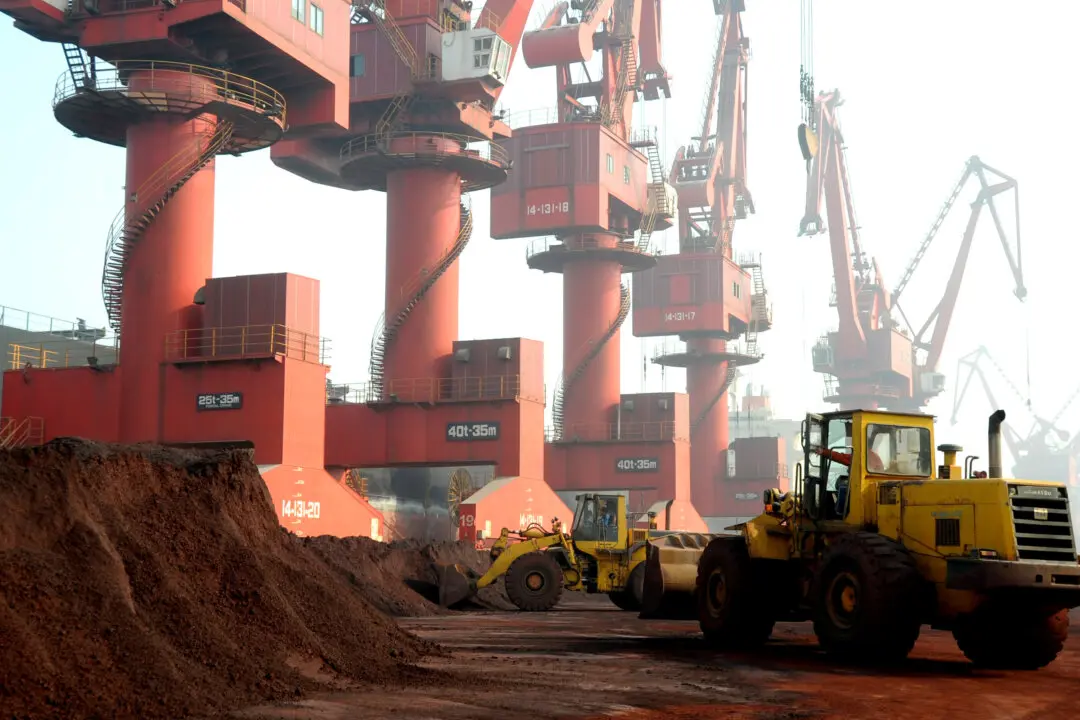Defence Secretary Grant Shapps has hailed a “new golden age of shipbuilding” as he unveiled plans to build up to six drone-carrying craft designed to drop Royal Marine commandos on land.
He said the multi-role support ships (MRSS) would help the Royal Navy learn some of the lessons from the Ukraine war and would also assist in combating Houthi attacks on vessels in the Red Sea.
Mr. Shapps told the BBC, “Interestingly, we’re learning from what’s happened in the Black Sea in Ukraine and learning what’s happening in the Red Sea currently to make much more flexible ships capable of carrying out a lot of different types of tasks.”
He said the new ships would replace two landing platform docks, three landing ship dock (auxiliaries) and the support ship RFA Argus, in the early 2030s.
Challenged on the plans to build six MRSS he told the BBC, “we will definitely build the first three” vessels and confirmed tentative plans to construct three more at a later date.
The defence secretary announced plans to retire two ageing type 23 frigates, HMS Argyll and HMS Westminster.
HMS Argyll has been sold to BAE Systems and will be used to train shipbuilding apprentices.
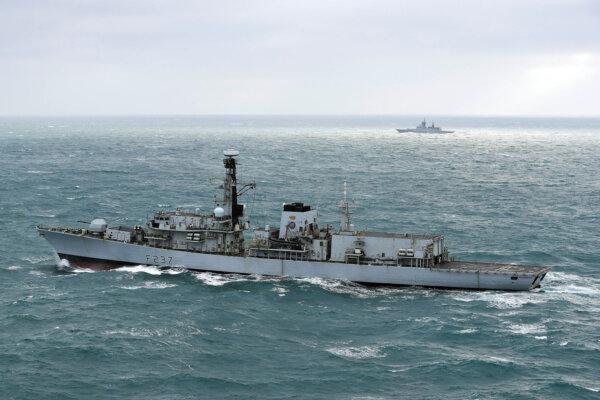
Mr. Shapps announced plans to shelve the scrapping or mothballing of HMS Albion and HMS Bulwark, which were due to be taken out of service this year.
Defence industry analyst Nicholas Drummond wrote on social media platform X, “Replacing three classes of ship with a single type makes complete sense.”
‘Highly Flexible Warships’
The MRSS vessels are described as, “highly flexible warships, able to deploy on a wider variety of operations” and, “designed to carry vehicles, aircraft, insertion craft and a broad range of uncrewed systems for complicated missions.”
Speaking at the annual sea power conference in Lancaster Gate, central London, Mr. Shapps said that with defence spending rising to 2.5 percent of GDP by the end of the decade, the Royal Navy had 28 warships and submarines either under construction or planned.
He said, “With up to 28 ships and submarines being built or in the pipeline, this is a new golden age for British shipbuilding.”
“The new vessels for the Royal Marines will help our brave commandos fight the conflicts of the future,” added Mr. Shapps, who took over as defence secretary from Ben Wallace last year.
‘Cemented the Future of Royal Marines’
The first sea lord, Admiral Sir Ben Key, said, “I am delighted that the secretary of state has cemented the future of our Royal Marines by committing to this new class of up to six amphibious vessels.”“These will be the most capable amphibious warships the nation has ever owned, designed to be fully interchangeable with our closest allies in Europe, and in NATO,” he added.
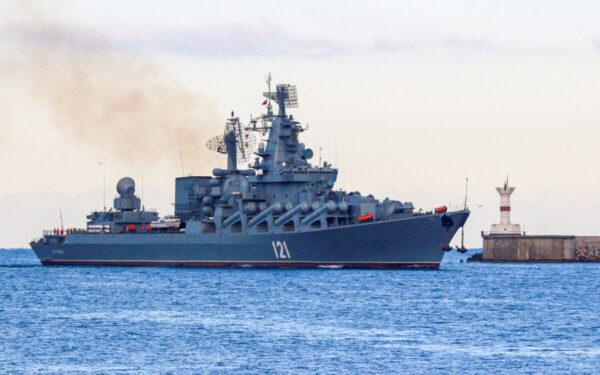
He also paid tribute to the “sterling service” from HMS Westminster and HMS Argyll.
It would appear the Royal Navy is seeking to build smaller and more mobile ships after watching the vulnerability of Russia’s Black Sea fleet.
In April 2022 the flagship Moskva was sunk in the Black Sea by a Ukrainian anti-ship missile.
A few weeks earlier the Ukrainian garrison on Snake Island famous told its captain, “Russian warship, go (expletive deleted) yourself” when ordered to surrender.
In March 2024 the Russian warship Sergei Kotov was hit by Ukrainian missiles.
